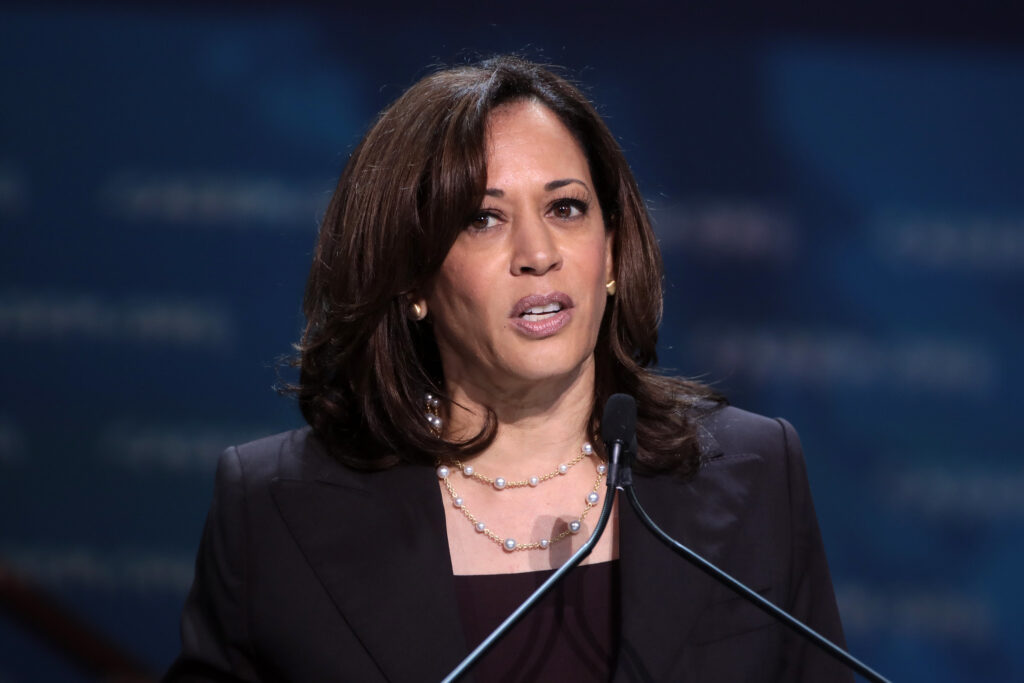The author of a report recently released by the Center for the Study of American Business warns that a federal environmental aristocracy has seized the reins of power to solve local environmental issues, depriving state and local elected officials of their ability to respond to the wishes of their constituents.
According to David Schoenbrod, a former senior attorney for the Natural Resources Defense Council (NRDC) and current professor at New York University School of Law, the federal environmental aristocracy imposes high costs and regulatory paperwork, yet fails to effectively address local environmental problems. He contends that returning control of local environmental problems to state and local governments would result in a cleaner environment at a lower cost.
In “Time for the Federal Environmental Establishment to Give Up Power,” Schoenbrod outlines the benefits of devolving environmental authority to officials closer to the problems. His proposal would strip EPA of most of its power. “The EPA would still have a job to do, but it would be limited to federal business,” says Schoenbrod.
Just because Congress enacted a host of federal environmental statutes in the 1970s, and environmental quality subsequently improved, Schoenbrod notes, does not mean that the federal government deserves all the credit or that EPA must continue to control local environmental issues. He challenges the three primary justifications offered for federal controls: (1) that only the federal government can address interstate pollution issues; (2) that the states would sacrifice environmental pollution protections in order to attract employers–the so-called “race to the bottom”; and (3) that the states’ record before 1970 proves they are ineffective at controlling pollution.
Schoenbrod points out that a pollution source that harms other states usually causes even more harm locally, providing an adequate incentive for states to regulate most pollution sources. Moreover, EPA’s record on this matter is far from stellar. Schoenbrod notes that the agency routinely enforces in-state environmental requirements, but rarely enforces interstate regulations.
“It was only in 1990 that Congress included a provision in the Clean Air Act that deals selectively with one source of interstate pollution,” says Schoenbrod. “Interstate pollution was an afterthought, not the reason for the federal takeover of air pollution regulation.”
The “federal aristocracy” also contends that states are incapable of making good decisions, even on local pollution, because they compete to attract employers. Giving local officials more power would produce an environmental “race to the bottom,” the argument goes. “”But state and local officials know that a healthy environment often helps to attract employers,” Schoenbrod points out. “Owners and managers want an environment that is safe and attractive, whether for their own families or for those of the employees they hope to recruit in a nationally competitive job market.”
The final claim of the federal environmental aristocracy, that the states failed to adequately protect their environments prior to the enactment of federal environmental laws in 1970, is also false, Schoenbrod contends. “[T]he pollution limits on stationary sources that the states enacted in the 1960s, when the states were still in control, reduced pollution three times as much as those enacted under the auspices of the federal government in the 1970s,” he writes. “The federal government took credit for the improvement that was already in the works, much as a crafty rainmaker might boast during the rainy season that he made the clouds weep.”
“The environment was getting cleaner before 1970, and has continued to get cleaner since,” Schoenbrod notes, “because voters demanded a cleaner environment. It was not because the federal government took over.”
He estimates that giving state and local governments the flexibility and authority to use market-oriented approaches could reduce the costs of environmental protection by 75 percent. It is estimated that pollution control currently costs some $1,850 per household each year.
Schoenbrod proposes that the federal government relinquish control over state and local environmental concerns by limiting its power to three important tasks:
- providing information on environmental problems (leaving the decision as to whether and how to act on the information to state and local governments);
- proposing to Congress rules that would control pollution when state environmental controls fail to stop unacceptable interstate pollution or when federal properties require special protection; and
- proposing to Congress rules of conduct for goods, such as new cars, when state-by-state regulation would erect significant barriers to interstate commerce.



